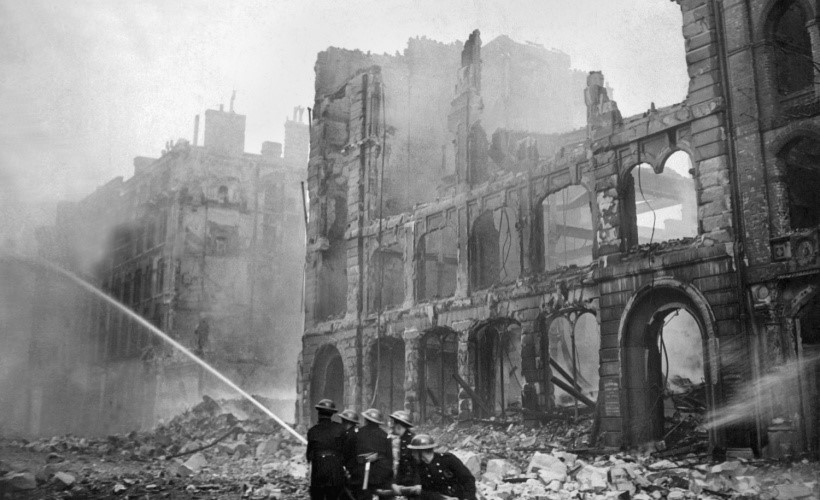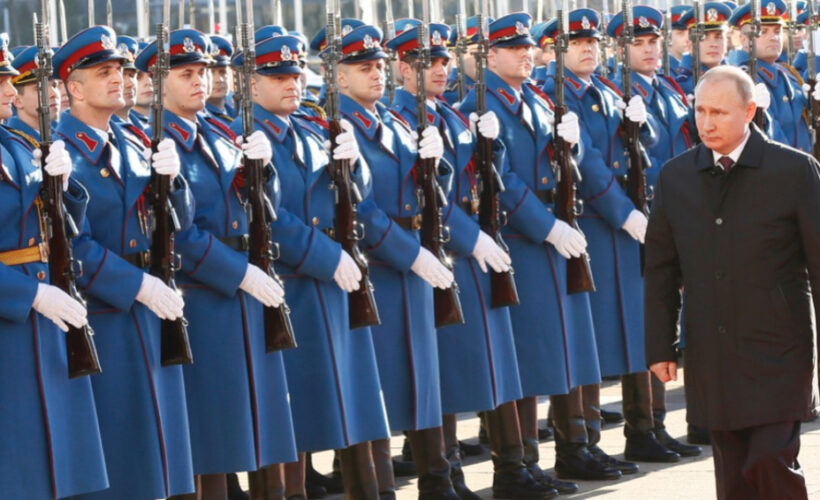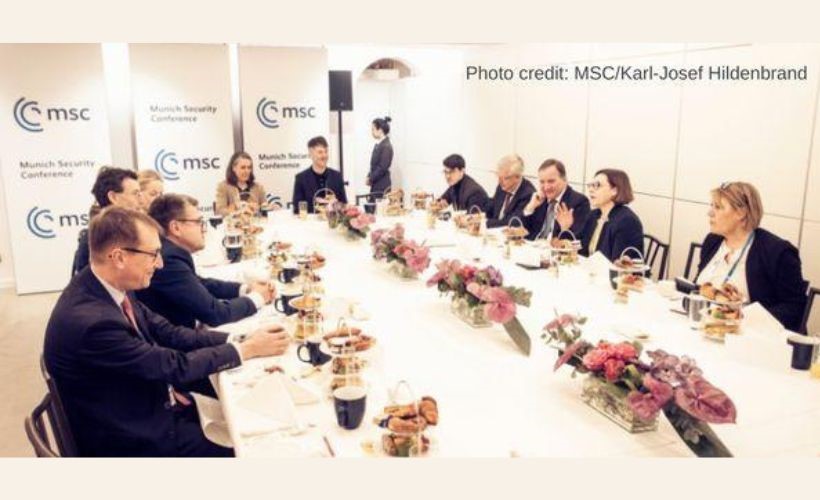By Elvira Tamus, Research Assistant
On 7 March 2024, the Centre for Geopolitics hosted an event on ‘Art & War’, chaired by Suzanne Raine, Joint Leader of the Global Geopolitics Research Strand, in which Rebecca Newell, Head of Art at Imperial War Museums, spoke about the museums’ collection of art about war and conflict as well as the power of imagery to question and influence thinking about conflict. This was the first in a series of events looking at how geopolitics shapes the arts and humanities, and how they in turn shape geopolitics.
From the foundation of the Imperial War Museums (IWM) in 1917, it has collected and sponsored the production of visual media and now holds over 11 million photographs, 23,000 hours of moving image and over 94,000 works of art, including a core of world-class twentieth-century modernism. In November 2023, IWM opened its new Blavatnik Art, Film and Photography Galleries, which display almost 500 works from the IWM’s collection that speak to the power of imagery to question and influence thinking about war and conflict.
Our guest speaker addressed the role of visual practitioners as powerful narrators who shape how we think and feel about conflict, as well as the role of art, film, and photography in influencing public opinion. The Blavatnik Art, Film and Photography Galleries were introduced in four aspects – Practice and Process, Mind and Body, Power of the Image, Perspectives and Frontiers. Rebecca analysed the works and activities of a wide array of artists – Paul Nash, Rosalind Nashashibi, David Gentleman, Peter Jackson, John Nash, Walter Sickert, Laura Knight, Paul Seawright, Ronald Searle, Edward Ardizzone, John Singer Sargent, Stanley Spencer, David Cotterrell, Anna Airy, Evelyn Dunbar, kennardphillipps (a collaboration between Peter Kennard and Cat Phillips), Mary Kessell, Edward Burra, Angus Boulton, and Mahwish Chishty.
We learned about the opportunities and limitations of state patronage of the arts, the well-known and the misunderstood facets of the Blavatnik collection, the changing social contexts and constructs in the course of the IWM’s history, along with a range of human experiences of war and conflict and the ways in which the collections create a space for the discussion of these themes. Furthermore, Rebecca examined the depiction of brutality, the ‘peoplelessness’ of modernist landscapes, the domestic background of conflicts, female war artists, the act of memorialising, the importance of eyewitness-experience in the commission of artworks, and the practice of photo manipulation and other digital techniques in pro-war and anti-war messages. Our speaker concluded that artworks act as vehicles to portray the unspeakable, both the tangible and the abstract, and artists play the role of witnessing, commenting on, participating in, and memorising unfolding conflicts. For the audience, it was enlightening to see how artistic practice continues even on the edge of human life.
The Q&A session included questions on the representation of various perceptions of war; the IWM’s engagement with social media photos and videos related to today’s conflicts; female artists and diversity; sources of women’s wartime activities; how the IWM envisage public engagement; as well as they ways in which contemporary artists find new interest in the museums’ collection and the history of war.







